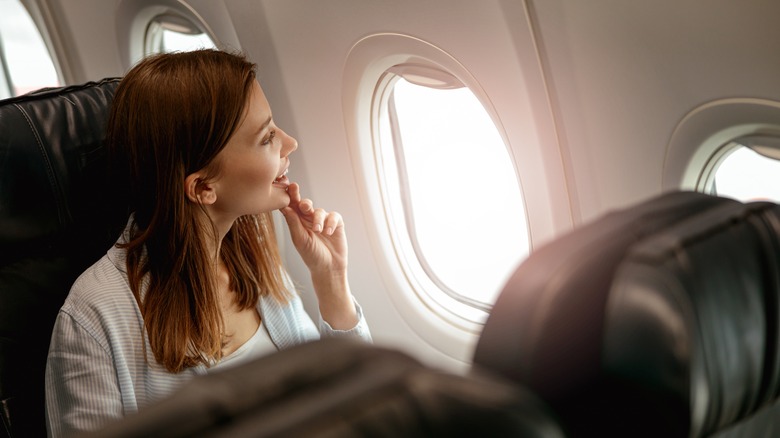Planning Planes, Trains And Automobiles
Lexi Kassler
Airplane seat etiquette can be controversial. Do you recline or not to recline? Do you allow families and couples to switch seats with you or tell them to pound sand? Do you tolerate a small barking dog or request a seat change? And — maybe most divisive of all — how does a row of passengers share the armrests?
On one side, you have the Union of Fatigued Elbows (aka, middle seaters), who would claim both the middle armrests for themselves. After all, they don’t have the convenience of aisle seat access, nor do they get the comfort of a wall to lean their head against and a nice view. To make up for this lack of seat amenities, the consolation prize is to claim a sliver more space for themselves.
On the other hand, you have those who argue that we all pay the same price for our seats. Therefore, no one is entitled to armrests, and certainly not both armrests. Yup, you heard that right middle seaters. You’re not special, and it’s first come, first served!
If that sounds a bit harsh to you, we agree. There has to be a happy medium, right?
Let’s put this debate to (arm)rest

Brauns/Getty Images
Etiquette experts, flight attendants, professional mediators, and the well-traveled have all been virtually gathered to weigh in on this heated topic. Fortunately, we have a (somewhat) clear answer.
Per etiquette expert and podcast host of “Were You Raised By Wolves?”, Nick Leighton tells USA Today that middle armrests do generally belong to the domain of the middle seat owner, with just a few exceptions. For example: If a larger person is sitting next to a middle seat, it would be courteous to give up the armrest.
Then there’s the perspective of flight attendants, who are arguably the best resource for opinions on armrests. According to Reader’s Digest, they say it plainly — the middle seat gets the armrests. No ifs, ands, or elbows about it.
Though the expert opinion seems pretty conclusive, a recent KAYAK survey indicates that a whopping 57% of respondents feel middle seaters are, in fact, not entitled to the armrests.
Here’s our suggested solution if you’re in a middle seat and run into one of these armrest scrooges. Simply ask nicely if they would mind you taking an armrest. Barring the possibility that you’re sat next to two total psychopaths, this will work most of the time. If it doesn’t, don’t get too worked up — let it go. Or ask a flight attendant for help to mediate.
Other airplane seat etiquette you shouldn’t ignore

Friends Stock/Shutterstock
To no one’s surprise, the middle seats aren’t the only ones that generate controversy. In fact, you might cause some unintentional headaches and strife if you don’t make yourself aware of some other airplane seat etiquettes.
For window seaters, the general consensus is that you are in control of the window. However, it would be considerate of you not to open the window when it’s bright outside, the cabin is dimmed, and passengers are trying to sleep. If people are trying to get some shut-eye, they might have a hard time sleeping with a blindingly bright light shining on them.
Then we have aisle seats. Middle and window seaters are truly blessed when they have kind aisle seaters willing to get up every time they need to use the bathroom or stretch their legs. What’s less blessed is when an aisle seat passenger gets surly when asked to get past. If you sit in the aisle seat, you had better be ready to get up at a moment’s notice.
Additionally, while it’s fine to stretch out when you’re awake, do your best not to fall asleep with your legs in the aisle. Other passengers don’t want to tiptoe around you, and flight attendants don’t want to bump into your legs with the service trolley.

